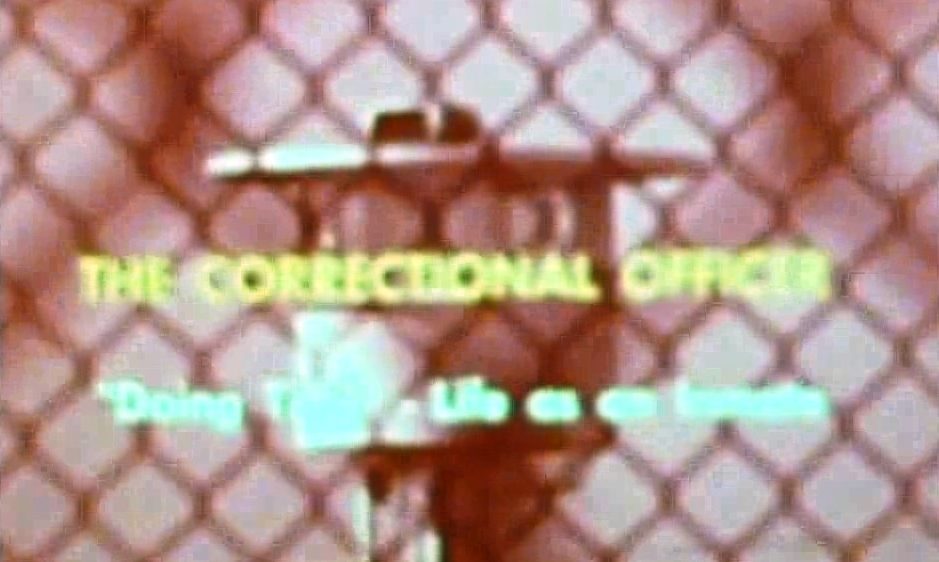By Don Chaddock, Inside CDCR editor
Office of Public and Employee Communications
California Medical Facility was given an 8mm film that appears to have been shot in the mid- to late-1970s or possibly the early 1980s. Titled, “The Correctional Officer: Doing Time – Life as an inmate,” the video was a training tool for correctional officers to help improve the relationship between inmates and staff. In the mid-1970s, the corrections department, along with the California Youth Authority, started a training academy for correctional officers. This video was part of those early efforts.
Consultants listed in the opening credits include Otis Thurman, California Department of Corrections; Walter Lewis, California Department of Corrections; Thomas Walker, Federal Bureau of Prisons; and Jerry Hawley, Oregon Board on Corrections Education and Training.
“Any correctional officer who has worked with inmates for any length of time knows one thing for sure, they’re all different,” the narrator says. “But they do share certain things in common — they live in a penal institution. And their lives are controlled by the rules and policies of that institution. And of course, their lives are controlled by you – the correctional officer.”
“How does living in a jail or institution affect a person’s life? Experience has shown that most inmates, regardless of their background, or the offenses they’ve committed, have common feelings and concerns, common problems. The purpose of this program is to look at their lives, and their feelings, through their eyes. Why? Because supervision of inmates can be difficult and hopefully, if you’re a new officer, understanding their attitudes and concerns will help you be more effective in your job. If you’re an experienced officer, you probably know more than what we can say in this program, but it’s a good bet, you’ll probably also agree with what’s said here because you know these inmate feelings and attitudes are real. Inmates believe them and because they are real, every officer has to deal with them every day.”
The training video attempts to give new correctional officers a sense of what emotions a new inmate might be feeling.
“What do we know about what it’s like to be an inmate? Let’s start at the beginning, what’s it like to enter a jail or a prison for the first time? … Most new inmates ask themselves the same questions (such as), ‘Will I be safe in here? … How am I supposed to act?’ … The strongest feeling is fear. … Even though most inmates know they will have to go through (intake), it is always confusing. … Of course, inmates do learn to adapt to institutions because they have to,” the narrator says. “Things we all take for granted no longer exist for an inmate. … Inmates learn quickly to value any privacy they can get.”
The film discusses prison gangs, rehabilitative efforts and the importance of family connections for the inmates.
Some of the institutions featured in the video include California Institution for Men, California Institution for Women, San Quentin State Prison, Correctional Training Facility at Soledad, California Men’s Colony, California Rehabilitation Center and the Federal Correctional Institution at Terminal Island. Other agencies include the Sheriff’s Offices in Los Angeles and Santa Barbara Counties.
The film stresses the importance of empathy to understand inmates and some of their behaviors.
“As any experienced officer knows, the correctional officer who has the least problems in his dealings with inmates, also happens to be the officer able to understand what it’s like to be an inmate,” the narrator says, ending the film.
